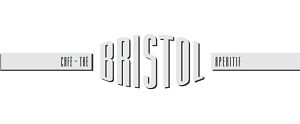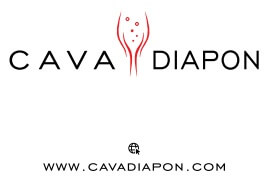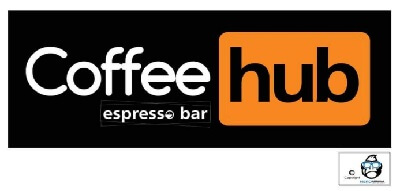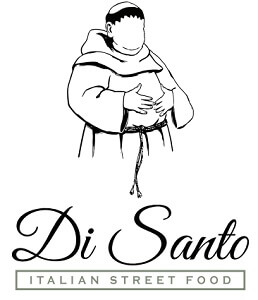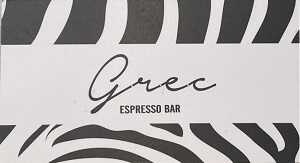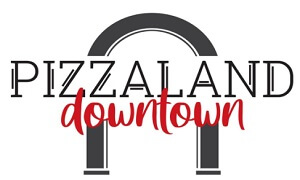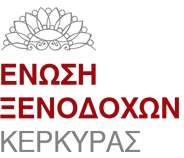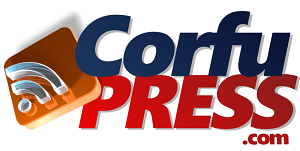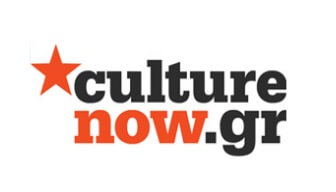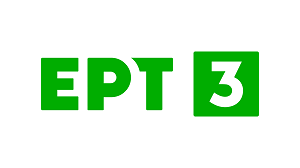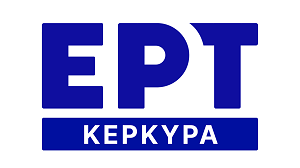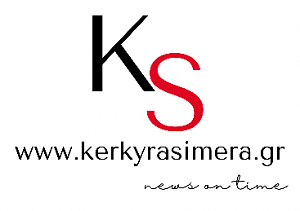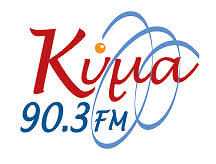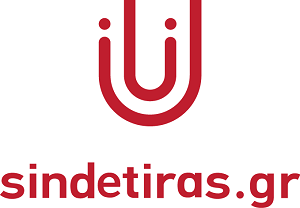Looking into data streams from physics, biology and medicine we find some of the most obscure forces being measured. The range of sensors and the infrastructure around cutting edge data collection are complex and fascinating. But, are the questions of science or art answerable by data alone? This paper begins with a question: What is in Data? To be of use to curiosity-based research, analog and digital measurements are converted to novel concepts about the universe. Data visualization in both science and art involve visualization of these ‘curiosity’ measurements.
According to Villem Flusser, being aware of the gaps in our knowledge about the world and our lack of ability to grasp in a physical cognitive way aspects of phenomena in their totality, one way out was to split the phenomena into symbols and digits - points of computational thought Thus, it became possible to represent the world through numbers and the main concern became how this abstract field of data can be transformed into entities perceptible to us. Here lies the main question concerning the function of metaphor: do abstract data make sense by transforming them into image, sound or motion? Even more, can we admit that this remote kind of sensing is meaningful? This plays with the limits of the notion of arbitrariness and the role of metaphorical mechanisms in data. This attempt of concretizing abstract domains into code is both necessary to human worlding and still merely an extended metaphor meant to interpret and represent what is often mythic or unknowable about the universe.
If we are looking for accuracy and repeatability in a chaotic world or instead looking for surprise and the unexpected in a repetitive world, both artists and scientists explore the realms of the unknown. But, in this time of ubiquitous computing and surveillance capitalism, artists, scientists and everyday people live in a world where there is no lack of data. In fact, Data Glut seems to be common. There is so much data that we are writing programs to use deep learning and artificial intelligence to sort, compile and guess which patterns are important in an otherwise insurmountably complex data set. Also, it has not been shown that the universe is a sane and rational place with a reductionist gateway to a unified theory of all encompassing explanation. With this in mind, how do we translate data into art? What philosophical quandary can use data to explain an agnostic resignation, a form of wisdom in the face of much quantitative excess? By sharing qualitative as well as quantitative research methodologies that interrogate Art and Science perceptual stories about the nuances and otherwise imperceptible technologically translated worldings in motion, this talk is dedicated to quandary alone. Between the aesthetics of functional use value of engineering and the pure uselessness of scraping data for creative arts practice, there is an equality of conceptual and experimental design which informs how the data is read onto the world. The aesthetics of landscapes, the habitus of non-human organisms and even non-terran scale qualities of being may all remain impenetrable to human cultures. Beyond the sublime and the pragmatic, the sacred and the profane, from biology and art to physics and art to data based creative arts and sciences, what is in the data itself?
Back
SPONSORS
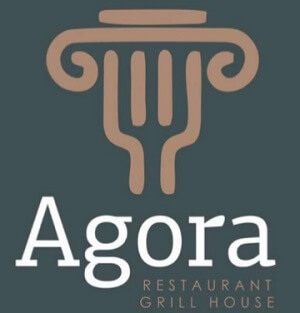 Agora Restaurant Grill House
Agora Restaurant Grill House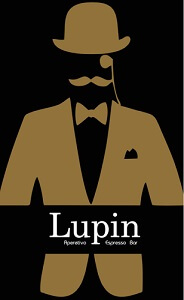 Lupin Aperitivo Espresso Bar
Lupin Aperitivo Espresso Bar

